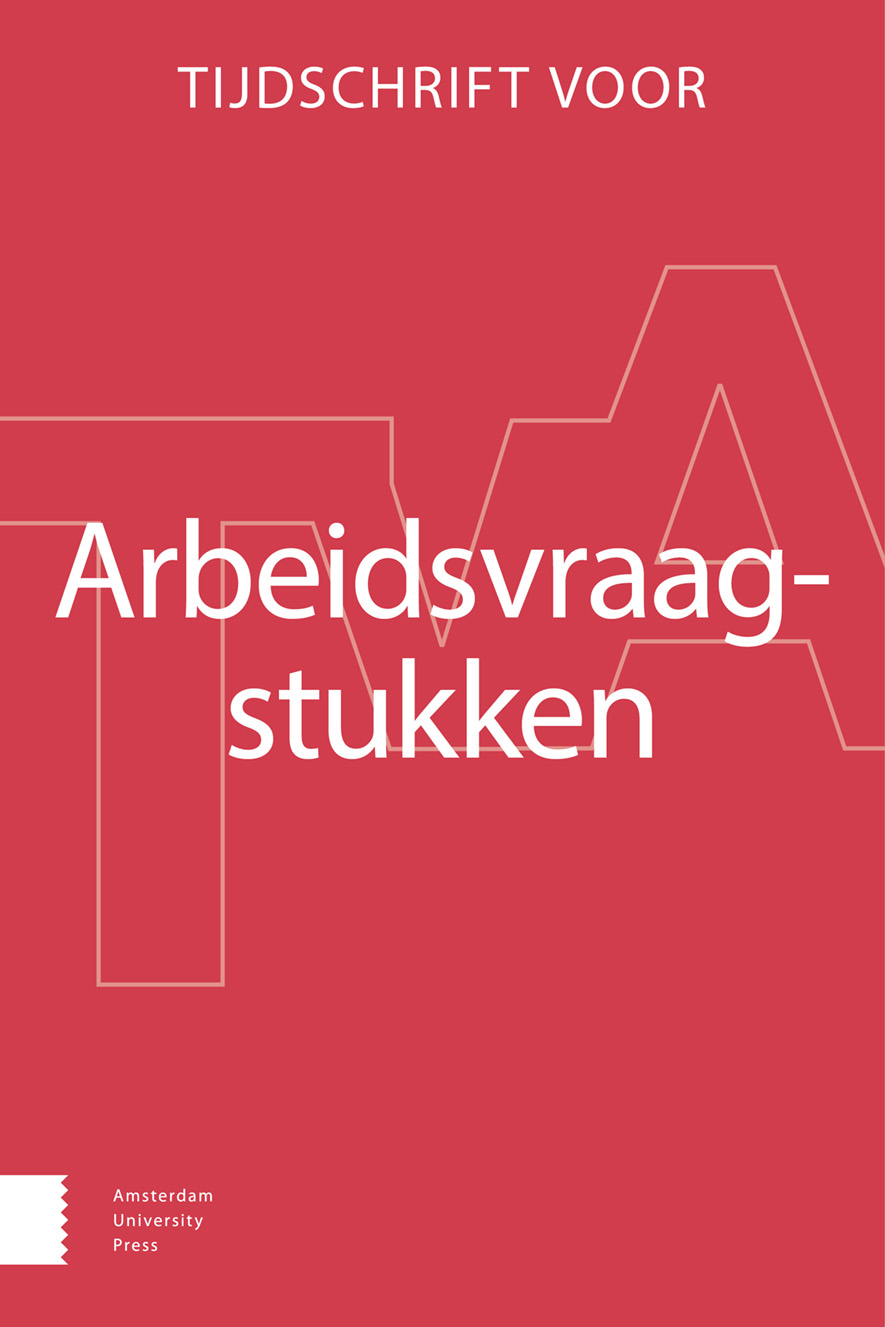
Full text loading...
We use cookies to track usage and preferences.I Understand
In het onderzoek naar arbeidskwaliteit bestaat er consensus over het multidimensionale karakter van de invloed van arbeid op de gezondheid, het welzijn en het functioneren van werkenden. Factoren die de kwaliteit van een baan bepalen hebben niet alleen te maken met de inhoud van arbeidstaken en de daarmee verbonden arbeidsomstandigheden, maar ook de arbeidsvoorwaarden en -verhoudingen spelen een belangrijke rol. Inzichten over de gevolgen van de verschillende dimensies van arbeidskwaliteit zijn echter nog hoofdzakelijk afkomstig van onderzoek bij (vaste) werknemers en houden geen rekening met nieuwe tewerkstellingsvormen. Vandaag kan worden gesteld dat we een tweede golf van flexibilisering – of ‘hyperflexibilisering’ – hebben bereikt. Sinds de covidpandemie maakten veel werknemers een radicale omslag naar plaats- en tijdsonafhankelijk werk. Daarnaast zien we de groei van nieuwe arbeidsmodellen zoals freelance werk, platformwerk, studentenarbeid, flexi-jobs, oproepcontracten en detachering van buitenlandse werkkrachten. Nadat een overzicht van deze fenomenen in België en Nederland is gegeven, worden de uitdagingen voor het onderzoeken van arbeidskwaliteit verbonden met deze nieuwe manieren van werken besproken.

Article metrics loading...

Full text loading...
References


